
5 Drills to Do with a Swim Snorkel
Drills with a swim snorkel are one of the best ways to maximize engagement and skill development. Here are five swim snorkel drills to try for faster swimming.
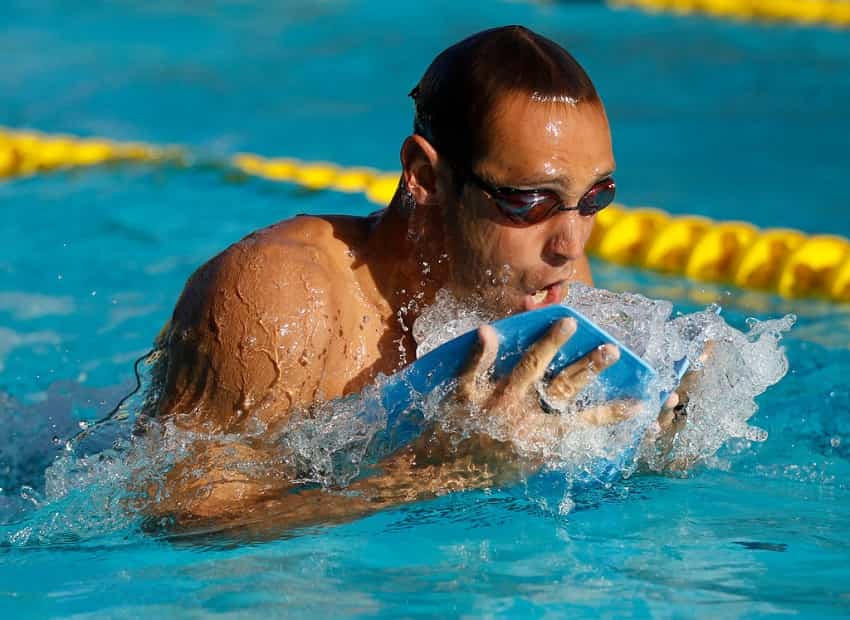
Swim paddles are a staple in just about every swimmer’s training. Here is everything you need to know about making the most of this piece of equipment.
“Fins and paddles!” coach called out.
A chorus of smiles and cheers swiftly followed at swim practice.
Some things are totally universal in our sport, and one of them is the pleasure of getting to swim at Mach-1 speeds while wearing equipment that throws our swimming into hyper-drive.
Swim paddles are one of those pieces of equipment found in almost every swim bag across the world, but have you ever really stopped to think about why we use them?
The right swim paddles can elevate your swimming, from increasing upper body strength and pulling power to fine-tuning stroke technique.
In this guide, we will do a deep dive into the benefits of swim paddles.
We will list some tips on how to maximize swim paddle use, the research behind their effectiveness, potential shortcomings to be aware of, and more.
Buckle up and let’s get to paddling with just about everything you ever wanted to know about swim paddles.
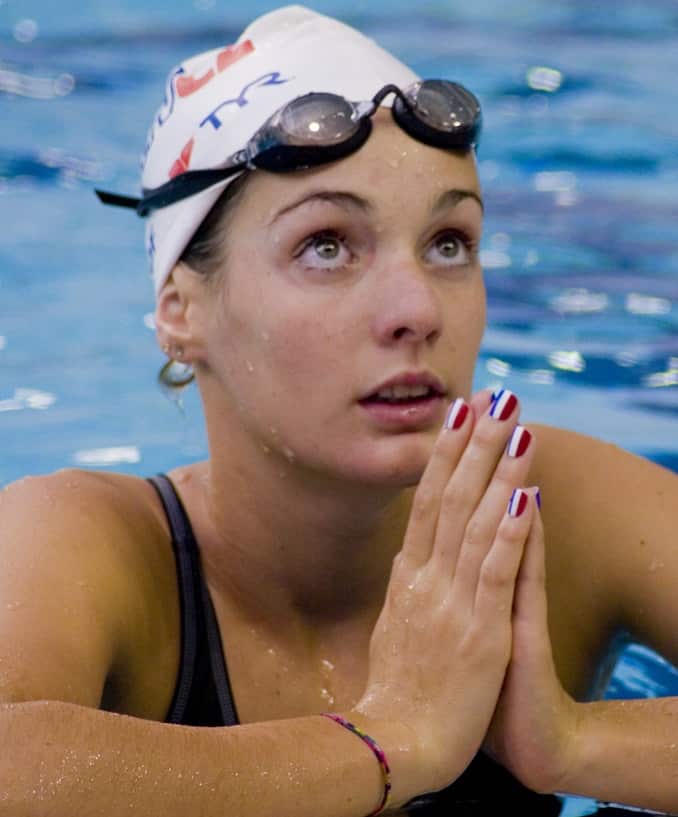
As an experienced swimmer you have used them so many times that you have never really paused to consider the point of them.
But you do know what happens when you strap them on: you swim longer (in terms of distance per stroke) and you swim faster.
The research backs this up:
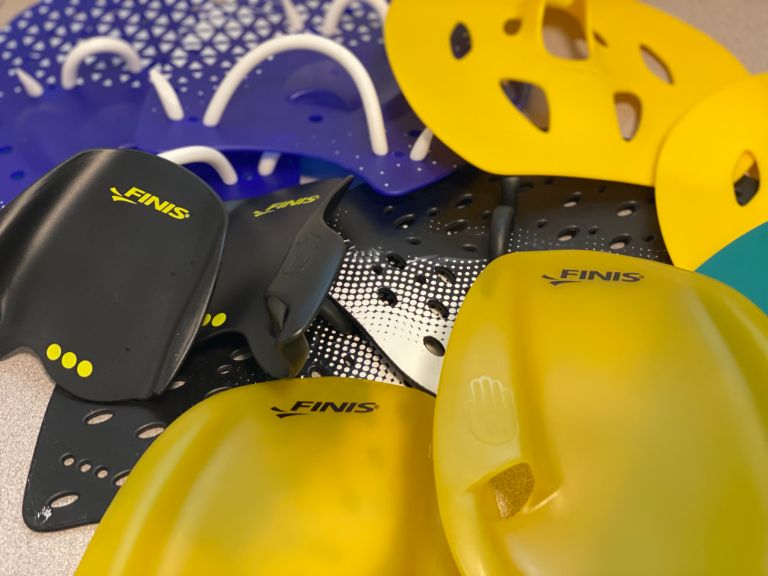
There are generally two main benefits to using hand paddles with your swimming: building power and strength in the water, and also to help solidify good technique habits.
Here’s why you should use paddles during swim training:
In terms of building strength and power, swim paddles are about as swim-specific as it gets.
Swim paddles straight-up help you become a stronger swimmer by exaggerating the surface area of your hand, forcing the shoulders, elbow, and lats to work overtime to complete the pulling motion.
As long as you are performing the stroke precisely as you normally would (which can be hard with a slower catch and pull as shown in the research above), you are adding resistance to your stroke, thereby becoming a more powerful swimmer.
You don’t need me to tell you that swimming with paddles is awesome because you get to go much faster—probably as fast or faster as race pace when going all-out.
When swimming at this kind of speed you can really get a feel for how you are most efficient in the water, from keeping a rigid torso, to having an early catch, and so on.
For those long, monotonous repeats of 500s or whatever coach is subjecting to you that day, throwing in some paddles is an easy way to mix things up and keep you fresh mentally.
When you are feeling particularly hardcore, use only the middle finger strap on your swim paddles.
When you don’t engage the early forearm catch the paddle will slip off and you will be feeling like a rank amateur having to put your paddle back on mid-length.
(On the bright side, it will teach you what not to do.)
Paddles exaggerate everything about the pulling motion. Your catch is stronger, the pulling motion is stronger—you will be able to better focus and tune those parts of your stroke.
Paddles are a great way to help you really “feel” each part of the pull stroke.
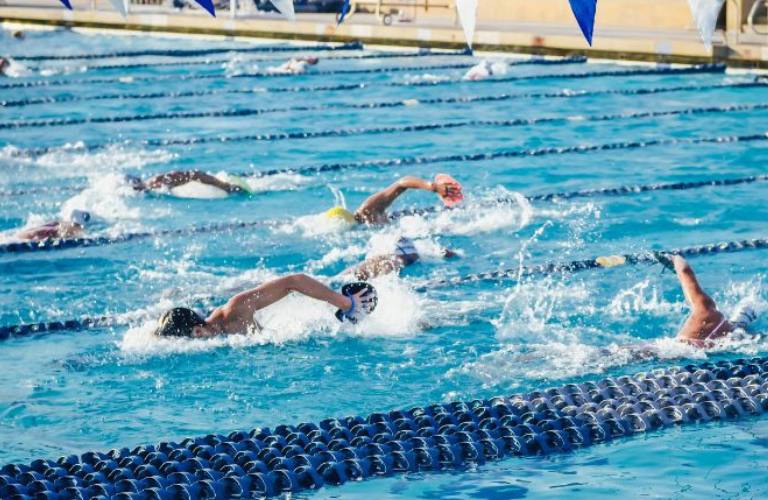
Everything is not all golden when it comes to your hand paddles, though.
If you’ve ever had pain in your shoulders, you know that they tend to exacerbate the tenderness, and while they can encourage some good training habits in some instances they can also open the door to bad ones.
Here are some of the big disadvantages of swim paddles:
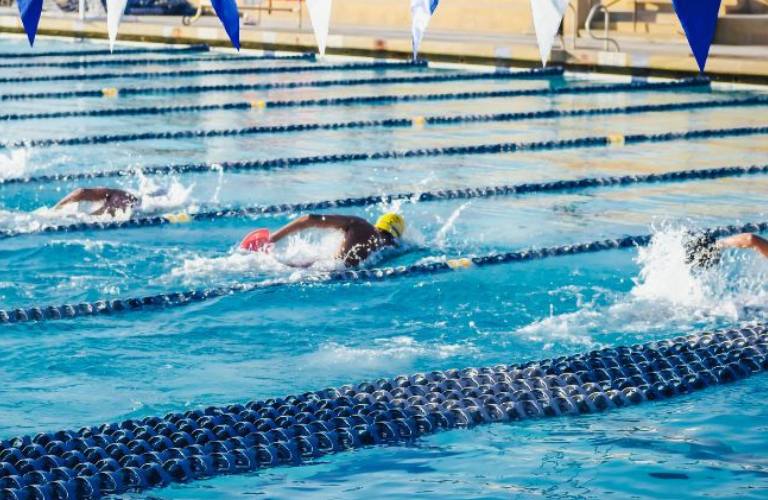
We all vary in terms of natural hand size and shoulder strength. You might have small hands but boulder-shoulders, and vice versa—so start with paddles that are just a little bit larger than your hands and progress from there.
The tendency is to start with dinner plates right off the bat (guilty!), but if it means that your stroke is unbearably slow or that its straining the tendons in your elbow than the paddles become a moot training tool.
The last thing you want to do is throw on some paddles and start ingraining some less-than-rad training habits. By removing the wrist straps you will find out very quickly whether or not you are swimming with good technique, particularly in freestyle.
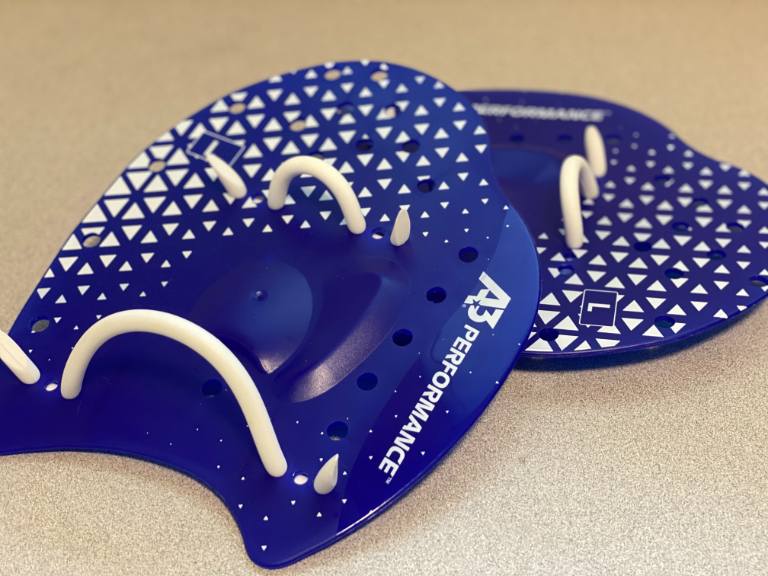
If you aren’t swimming with your “natural paddle”—the hand to elbow, and going for early vertical forearm at the beginning of the pulling motion, the paddle will slip right off. To be sure it is annoying when it happens, but it will keep you technically honest.
Some paddles, like the FINIS Agility Paddles and the FINIS Manta Paddles have strapless designs. The Agility Paddle in particular is awesome for ensuring you are exerting steady pressure outwards from the palm of your hand.
A common occurrence with really big swim paddles is for swimmers to spread their finger in order to apply pressure across the paddle. If you need to do this, the paddles are too large.
Similarly, if your fingers extend beyond the edge of the paddles, you are going to naturally curl your finger tips around the edge of the paddle for more stability.
Your fingers on a paddle should be the same as without a paddle; loosely together.
Alrighty, so now that we have covered the ups, the downs, the benefits and downsides of using the bad boys, here are some of my favorite paddles for swimmers.
⭐ Best paddle for getting stronger in the water
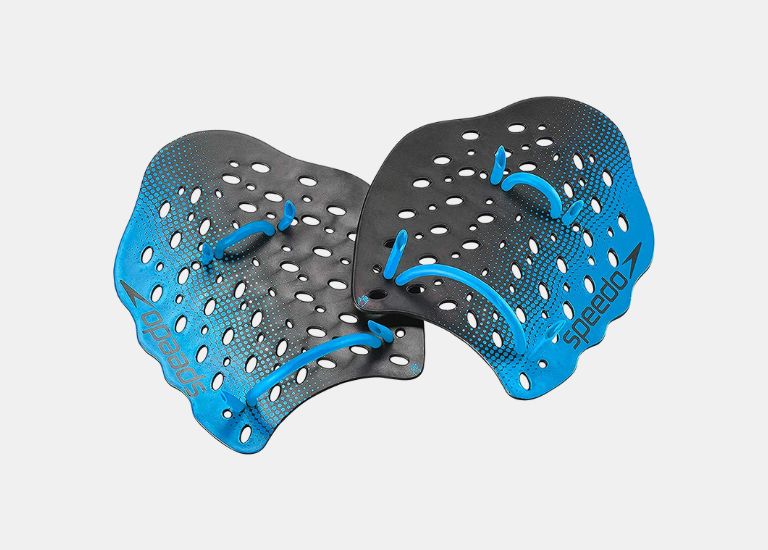
I put these bad boys at number one because, well, they are in my swimming bag. The current set I have (the XL) are going on year three of working rather wonderfully.
I have taken the wrist straps in and out a few times with no visible wear or worrying that they would snap.
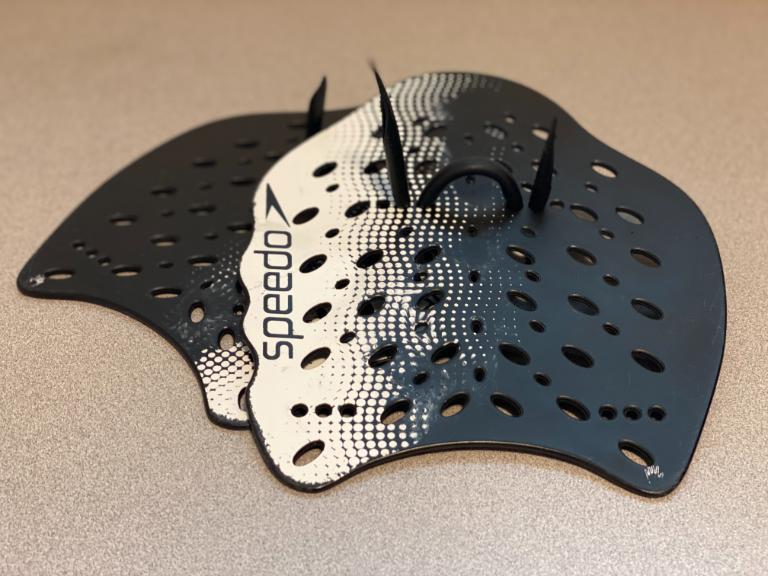
They would be in better shape if I took them out of my mesh bag once in a while and gave them a rinse, but hey, I’m kinda lazy when I get home after swimming for two hours.
They are available in small to extra large.
⭐ Best strapless swim paddles
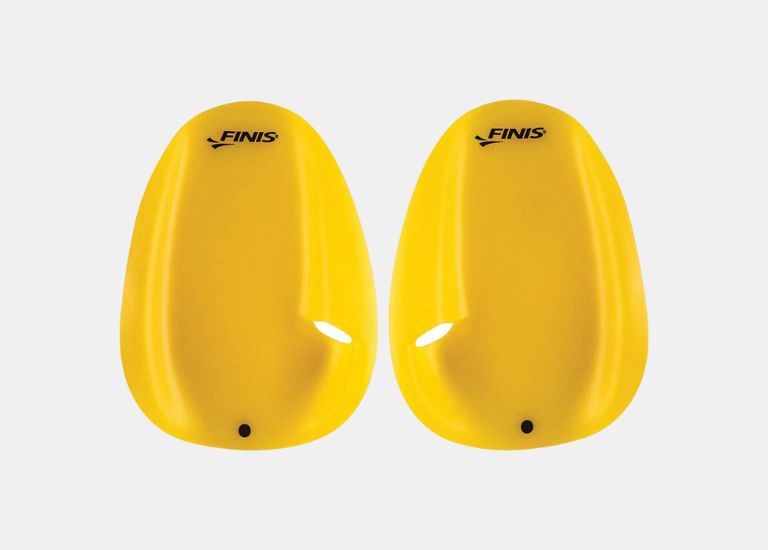
When it comes to freestyle, crushing the catch and having a strong early vertical forearm separates the top of the pile from the rest.
These paddles–which have no straps–are built specifically to ensure that you are catching the water early and fast.
(These paddles are also usable in other strokes, but as a freestyler myself this has been my experience using them.)
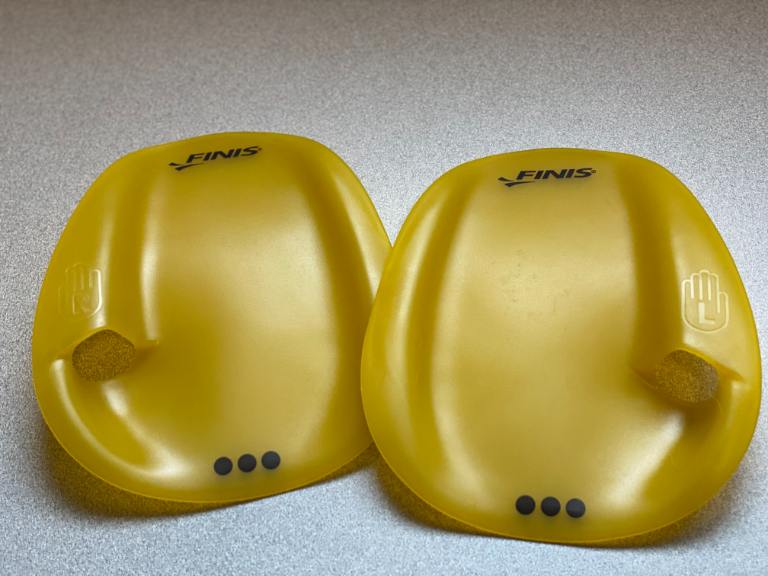
The premise of the Agility paddles is simple: swim with good technique or you are spending half the workout stopping mid-length to put them back on your hands.
Like anything else in your swim bag, your swim paddles should serve a clear purpose when you use them.
Whether it is improving your technique, developing more power, or acclimatizing yourself to cruising along at race pace, use your swim paddles smartly and with purpose and your swimming–and shoulders!–will thank you.

Olivier Poirier-Leroy Olivier Poirier-Leroy is the founder of YourSwimLog.com. He is an author, former national level swimmer, two-time Olympic Trials qualifier, and swim coach.
✅ Free shipping on Orders over $49
✅ Price Match Guarantee
✅ Best selection of gear for training and competition
✅ Fast and Easy Returns

“This is the best book I have ever seen concerning mental training.” — Ray Benecki, Head Coach, The FISH Swim Team


Drills with a swim snorkel are one of the best ways to maximize engagement and skill development. Here are five swim snorkel drills to try for faster swimming.
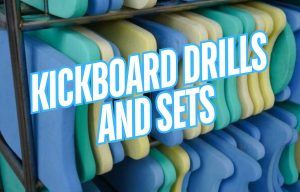
Looking to add some flavor to your kick sets and workouts? Here are some kickboard drills swimmers can use for faster swimming.
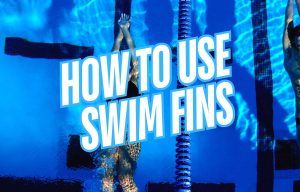
Swim fins are one of swimmers’ weapons for faster swimming. Here’s how to use them smartly for improving technique, power, and speed.
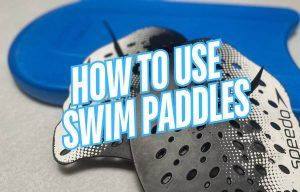
Learn how to properly use swim paddles for speed, strength and technique in the water while avoiding common paddle mistakes. Swim on! Swim paddles are one of the most popular tools that swimmers use to go faster, get stronger, and build better and more efficient technique. They are also a
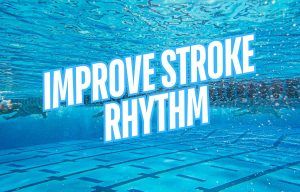
Looking to develop a more fluid and rhythmic stroke? Here are some tips and tools for improving stroke rhythm.

The kickboard is one of the most common swim tools on the pool deck. Here are seven ways to get the most of the old school kickboard for improved swim workouts and faster swimming.
SITE
SHOP
GUIDES

LANE 6 PUBLISHING LLC © 2012-2025
Join 33,000+ swimmers and swim coaches learning what it takes to swim faster.
Technique tips, training research, mental training skills, and lessons and advice from the best swimmers and coaches on the planet.
No Spam, Ever. Unsubscribe anytime.
